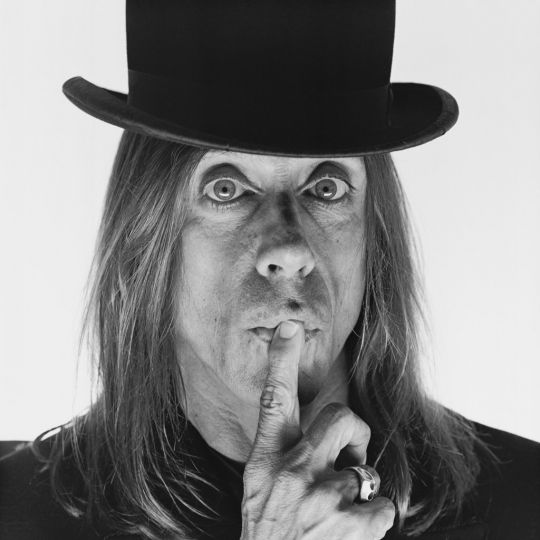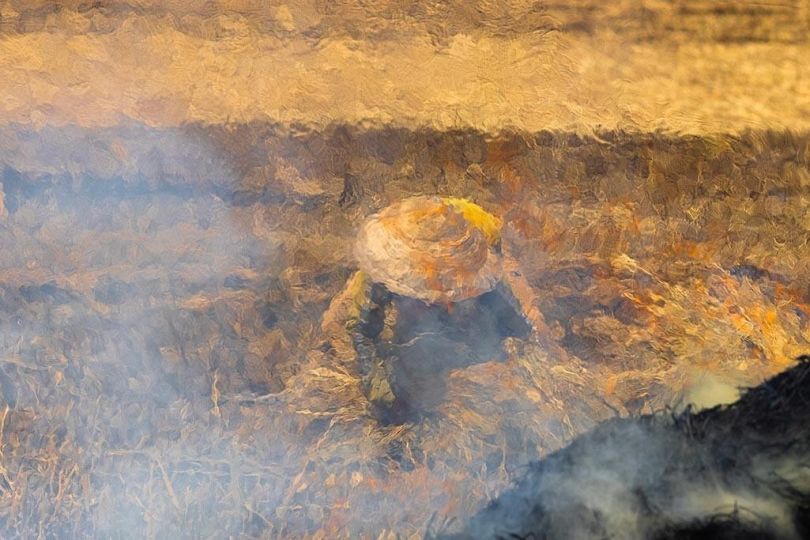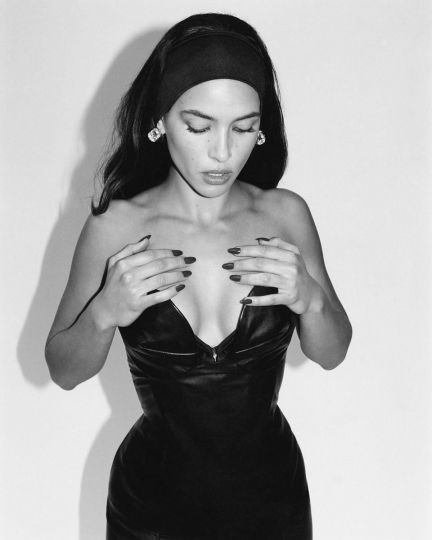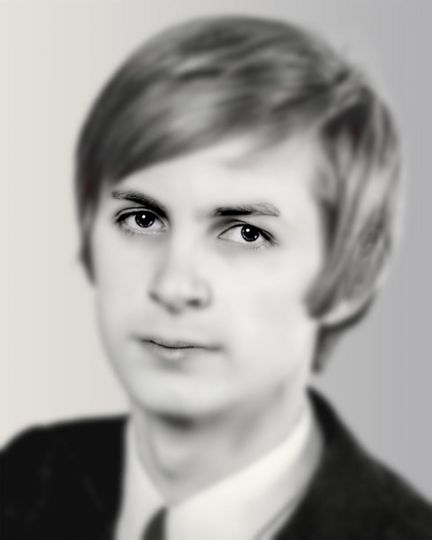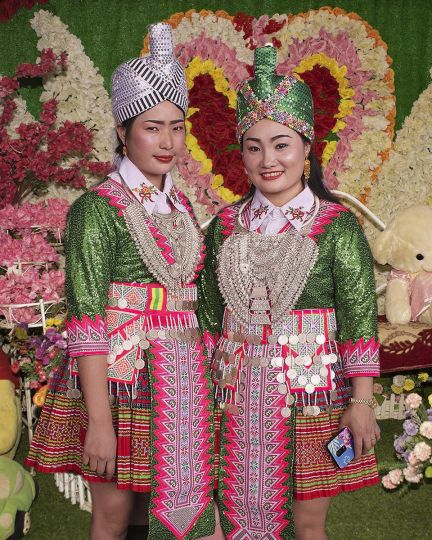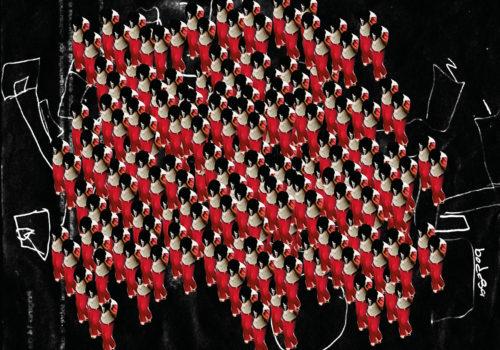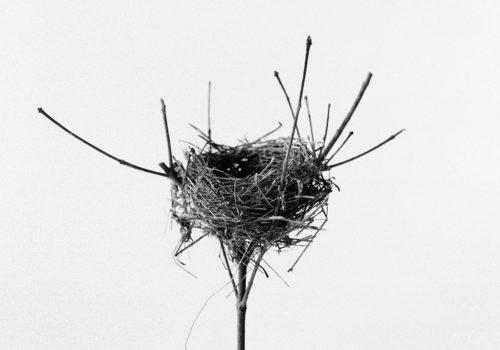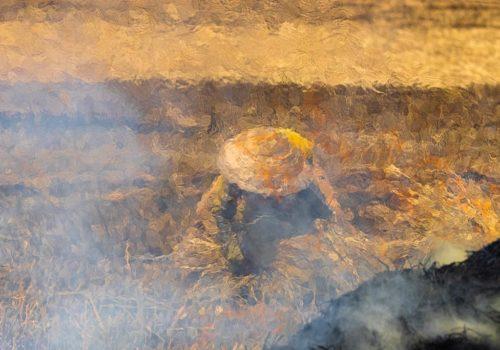The Fahey/Klein Gallery presents the exhibition, Backstage Pass: Faces in Music II. This group exhibition features over 80 Rock n’ roll photographs from such image-makers as Harry Benson, Joel Brodsky, Danny Clinch, Henry Diltz, Barry Feinstein, Bobby Klein, Daniel Kramer, Annie Leibovitz, Gered Mankowitz, Jim Marshall, Herb Ritts, Ethan Russell, Norman Seeff, Frank Stefanko, Bruce Talamon, and Alfred Wertheimer.
In December of 2002, we showcased our Faces in Music: 1952 – 2002 exhibition which introduced iconic photographs of some of the most iconic subjects in the world of music. Since that time, the genre of Rock n’ Roll photography has achieved more prominence and was the subject of the exhibition, “Who Shot Rock n’ Roll: A Photographic History 1950 – Present” (2009) at the Brooklyn Museum of Art, this exhibition is still touring and receiving record attendance. Our upcoming show is a continuation of the celebration of the genre of music-related images and the overall contribution these photographers have made to the evolution of the History of Photography.
“From its earliest days, rock and roll was captured in photographs that personalized, and frequently eroticized, the musicians, creating a visual identity for the genre… The photographers were handmaidens to the rock-and-roll revolution, and their images communicate the social and cultural transformations that rock has fostered since the1950s.” Gail Buckland “Who Shot Rock & Roll: A Photographic History: 1955 – Present” (Knopf, 2009)
The Fahey/Klein Gallery exhibition includes revealing portraits and backstage photographs taken behind the scenes, as well as exhilarating images that capture the energy, passion, style, and sex appeal of live performances in front of massive crowds. This show features established classic and recent photographs of memorable and provocative music photographs: Alfred Wetherimer’s photograph of Elvis kissing a girl backstage, Harry Benson’s playful Beatles Pillow Fight, Frank Stefanko’s Bruce Springsteen at the beginning of his career, Danny Clinch’s unguarded image of Eddie Vedder writing lyrics, Jim Marshall’s shot of Johnny Cash flipping the bird to the camera, San Quentin Prison in 1969, and Barry Feinstein’s image of fans peering into the window of Bob Dylan’s limosine. These images, seen and understood by millions, have become part of our cultural history and have played a role in shaping our cultural conscious.
Included in this show are images that have appeared on several iconic album covers: Joel Brodsky’s image of Jim Morrison, Dan Kramer’s Bob Dylan “Highway 61 Revisited” as well as Norman Seeff ‘s erotic photograph of Carly Simon for the cover of “Playing Possum” as well as his image of Joni Mitchell for “Hejira” album cover, and Bob Seideman’s controversial nude on the cover of Blind Faith’s first album.
“Too much bullshit is written about photographs and music. Let the music move you, whether to a frenzy or a peaceful place… Let the photograph be one you remember—not for its technique but for its soul. Let it become a part of your life—a part of your past to help shape your future. But most of all, let the music and the photograph be something you love and will always enjoy.”
Jim Marshall “Not Fade Away Introduction” (Bullfinch Press, 1997)
Bob Gruen, Rock Seen
Inside this exhibition is presented a selection of photographs from Bob Gruen’s newly released monograph, Rock Seen (Abrams, 2011). For forty years, Bob Gruen has been documenting the rock scene, capturing now iconic images of The Clash, The Sex Pistols, Led Zeppelin, New York Dolls, Blondie, The Ramones, and John Lennon and Yoko Ono among others.
Bob Gruen says of his career and recent publication, “Photography has led me to some great experiences and enduring relationships. Blurring the line between work and play, many of the people I met through my work have become friends; some are like family to me. You can look at [“Rock Seen”] as a collection of my work, or simply as the family album of my life.” (“Rock Seen” Book Introduction by Bob Gruen).
Bob Gruen’s career began in 1965, when he shot his first concert photos at the Newport Folk Festival. “I was still a kid and a big Bob Dylan fan.” Bob Gruen recalls, “I talked my way into getting a photo pass so I could be down front. That was when Dylan played electric guitar and claimed rock’n’roll was American folk music and got booed off stage for it. After that I began taking photos a lot.” (Bob Gruen, Interview with Carlo McCormick, The New York Trash)
While shooting freelance work and photo stories for the underground rock magazine, “Rock Scene” Bob photographed local New York City bands “on stage, off stage, at home, at parties, and during time off”. “Many photos I was taking then weren’t used until years later; they weren’t considered to be news at the times, but now they are ‘history’ ” Bob says of his early photographs which document the very beginnings of what would later become a monumental rock scene at the now infamous New York City clubs CBGB and Max’s Kansas City where bands such as the Ramones and Blondie got their start.
“We’d all appreciate it when Bob would show up at a gig ‘cause we knew the pictures would be used somewhere, and our bands would get some press. But it was in the candid situations that he took most of his photos. Getting these types of shots isn’t easy with all the variables of light and movement, but Bobby would show up in the most unlikely places, smiling away, holding his camera, and ready to capture a piece of the action.” (“Rock Seen”, Book Introduction by Debbie Harry).
Many of Bob Gruen’s iconic photographs began with unassuming introductions that became the catalyst for honest and enduring friendships. A hurried introduction to Ike and Tina Turner on a street corner began a friendship that resulted in Gruen’s first album cover, and later Gruen’s first concert tour. In 1972, Gruen met John Lennon and Yoko Ono at a benefit concert, and later dropped some prints at their nearby apartment. This simple gesture began a close friendship between Bob Gruen, John Lennon, and Yoko Ono. Throughout the 1970’s Gruen worked as their personal photographer, documenting concerts and press conferences, as well as capturing serene moments between John and Yoko, and the first images of their son, Sean Lennon. In 1974, Gruen suggested photographing John Lennon on top of his New York apartment building, which would later become the hugely iconic image of John Lennon wearing the New York City T-Shirt.
Gruen’s photographs are in the permanent collection of the National Portrait Gallery, London, and have been shown in the Museum of Modern Art’s 2009 exhibition, “Looking at Music: Side 2” and the Brooklyn Museum of Art’s 2009 exhibition, “Who Shot Rock & Roll”. Bob Gruen lives and works in New York City.
Backstage Pass: Faces in Music II
Bob Gruen, Rock Seen
Until January 14, 2012
Fahey/Klein Gallery
148 N. La Brea Ave.
Los Angeles, CA 90036
Ph: 323 934 2250


